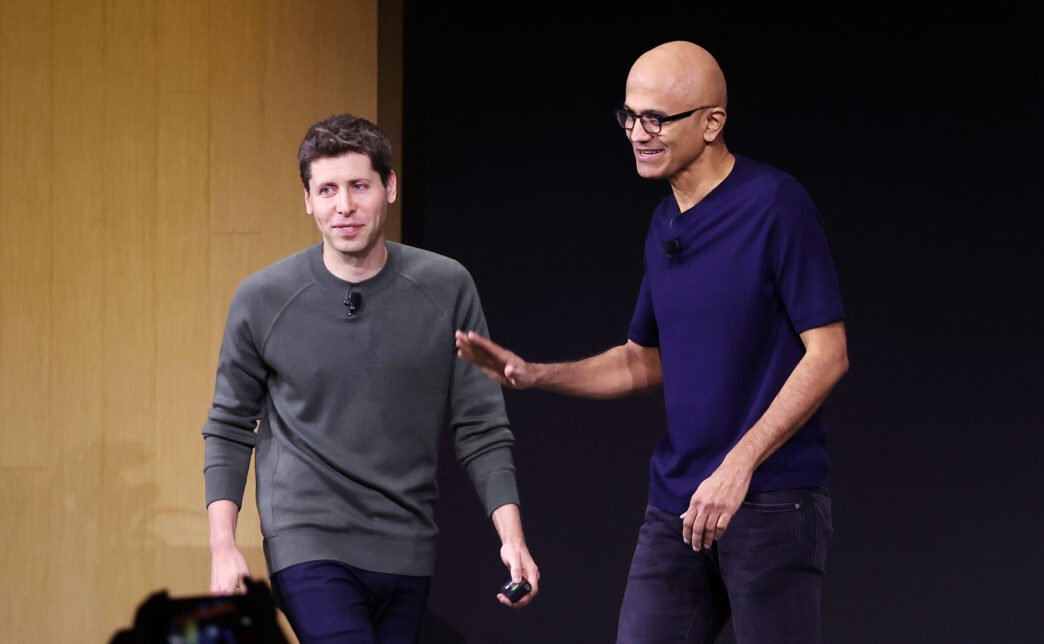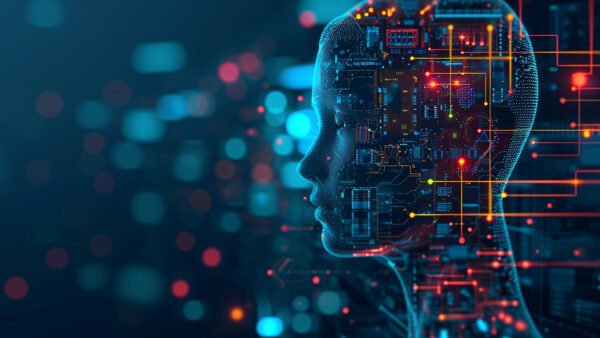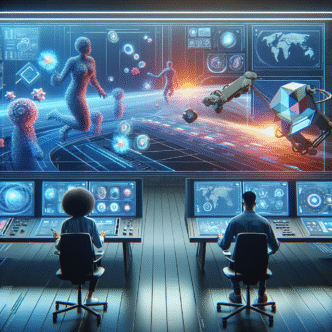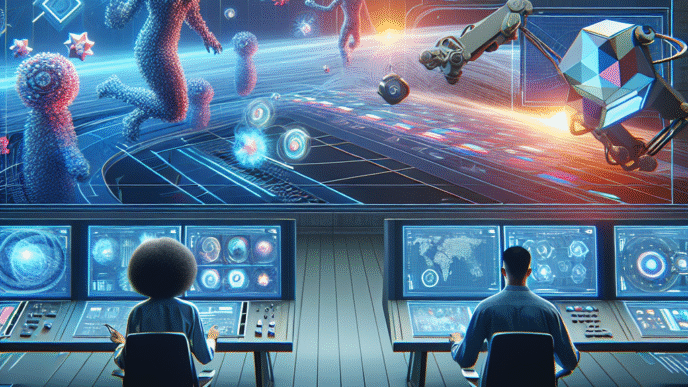The once-heralded “best bromance in tech” between Microsoft and OpenAI is showing signs of strain, with the partnership now navigating choppy waters. Sources familiar with the matter reveal mounting tensions between the two companies, casting doubt on their five-year collaboration and raising questions about the future of their AI ventures.
From Billion-Dollar Bets to Reality Checks
Last fall, Sam Altman, OpenAI’s CEO, approached Microsoft’s Satya Nadella with a bold request—would Microsoft inject billions more into the AI startup? At the time, Microsoft had already funneled $13 billion into OpenAI. Nadella, initially open to continued funding, was suddenly taken aback when OpenAI’s board unexpectedly ousted Altman in November.
This leadership upheaval set off a cascade of concerns within Microsoft, insiders say. As OpenAI’s $5 billion projected losses for 2024 became clearer, Microsoft began reconsidering whether it could afford to tie its future too closely to one startup.
When a Bromance Turns Bitter
While Altman had famously described OpenAI’s relationship with Microsoft as the “best bromance in tech”, the friction between both companies became evident. OpenAI needed more computing power—critical for building its ambitious AI systems—but Microsoft started questioning whether it had become overly reliant on a partner whose stability was now in doubt.
Microsoft’s hedging strategy became apparent when the tech giant hired most of the team from Inflection, an OpenAI competitor. This was a calculated move—led by Mustafa Suleyman, Inflection’s former CEO, now driving Microsoft’s in-house AI initiatives—a sign that Microsoft was gearing up to reduce its dependence on OpenAI.
Rising Frustrations: Where AI Meets Internal Conflict
Behind the scenes, tensions escalated between the companies. Microsoft engineers, embedded in OpenAI’s San Francisco offices, began clashing with OpenAI staff over processes. Multiple sources reveal that during a recent video call, Mustafa Suleyman allegedly shouted at an OpenAI employee, frustrated with the slow pace of OpenAI’s deliverables. This incident, coupled with Microsoft engineers bypassing OpenAI’s security protocols to download critical software, further strained relations.
These disagreements highlight the core challenge faced by AI startups: their dependency on cloud giants like Microsoft, which control the computing resources necessary to develop cutting-edge AI. Microsoft’s CTO, Kevin Scott, acknowledges the dilemma: “We’ve invested heavily in OpenAI, but we also need to protect our interests by building independent AI capabilities.”
OpenAI’s Search for Alternatives
OpenAI, meanwhile, found itself in a bind—desperately needing more cash and computing power. Microsoft’s reluctance to provide additional funding led the startup to seek new partners. In June, OpenAI negotiated an exception in its exclusive contract, allowing it to sign a $10 billion deal with Oracle to access computing resources, a decision that would have been unimaginable a year ago.
Recently, OpenAI also broadened its investor pool, securing $6.6 billion from Thrive Capital, Nvidia, and MGX, among others. Though Microsoft participated in the funding round, Apple, which had previously explored partnerships with OpenAI, decided not to invest this time.
Microsoft’s Tightrope Walk: Avoiding Over-Dependence
Microsoft’s strategy, it seems, is to diversify its AI portfolio while keeping OpenAI close enough to leverage its breakthroughs. As Asha Sharma, an executive working on Microsoft’s AI products, said at a recent Seattle conference, “We definitely believe in offering choice.”
Yet Microsoft’s hedging reveals its growing discomfort. As Gil Luria, an analyst at D.A. Davidson, points out: “It’s a race—OpenAI may not win, and Microsoft can’t afford to be left behind if it’s only relying on them.”
A Contractual Time Bomb: AGI Clause and Its Implications
What adds intrigue to the Microsoft-OpenAI relationship is a little-known clause in their contract—if OpenAI successfully develops artificial general intelligence (AGI), Microsoft’s access to its technologies is terminated. Originally intended to ensure Microsoft couldn’t misuse AGI, insiders now suggest OpenAI views this clause as leverage to renegotiate terms with Microsoft.
According to one source, OpenAI’s board holds the authority to declare when AGI is achieved—an eventuality that could provide the startup with a negotiating advantage.
Can the Partnership Survive?
Despite recent tweaks to their contract—where Microsoft agreed to reduce computing costs—OpenAI employees remain dissatisfied. Some fear that if OpenAI doesn’t get the resources it needs, another company could achieve AGI first, and Microsoft’s reluctance would be to blame.
The partnership between the two companies is now at a critical juncture. While Microsoft continues to benefit from OpenAI’s technological progress, the startup’s increasing reliance on external investors and competing cloud providers suggests it’s preparing for life beyond Microsoft.
My Take: A Calculated Detachment
In my view, Microsoft is playing it smart by gradually detaching itself from OpenAI. The tech giant’s investments in Inflection and its focus on in-house AI development show it’s preparing for a future where OpenAI might no longer be its primary innovation partner. OpenAI, for its part, is wisely hedging its bets by expanding relationships with Oracle, Nvidia, and other investors.
This partnership will likely persist for now, but the undercurrents of tension suggest that both parties are already preparing for a post-alliance world. In the high-stakes world of AI, trust between collaborators is as important as computing power, and it’s clear that both Microsoft and OpenAI are beginning to see each other more as competitors than partners.
Final Thought:
The Microsoft-OpenAI saga exemplifies the fragile nature of tech partnerships, where rapid innovation, power dynamics, and shifting priorities can reshape alliances overnight. Whether this partnership evolves or fractures further, one thing is certain: the race toward AGI is far from over—and neither Microsoft nor OpenAI can afford to lose.
This evolving narrative showcases the complexity of balancing collaboration and competition in the rapidly evolving AI landscape. Stay tuned—this story is far from over.










